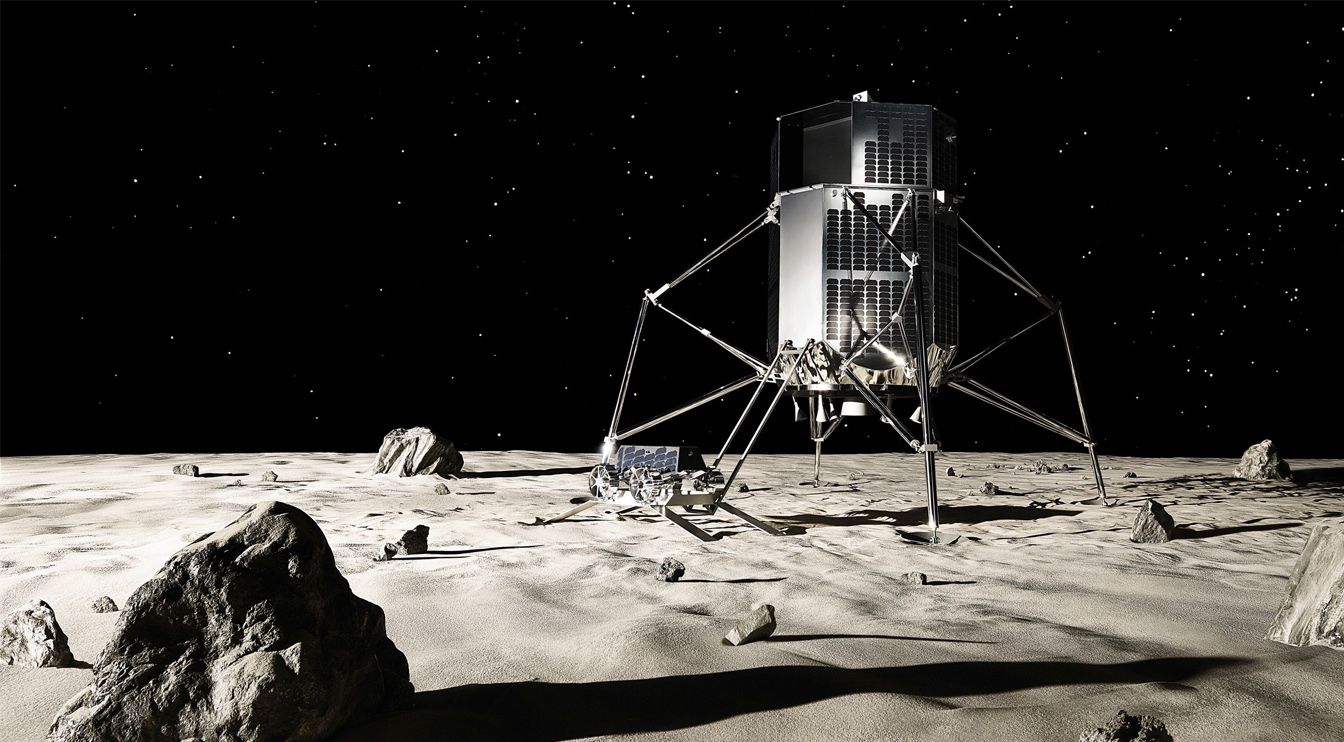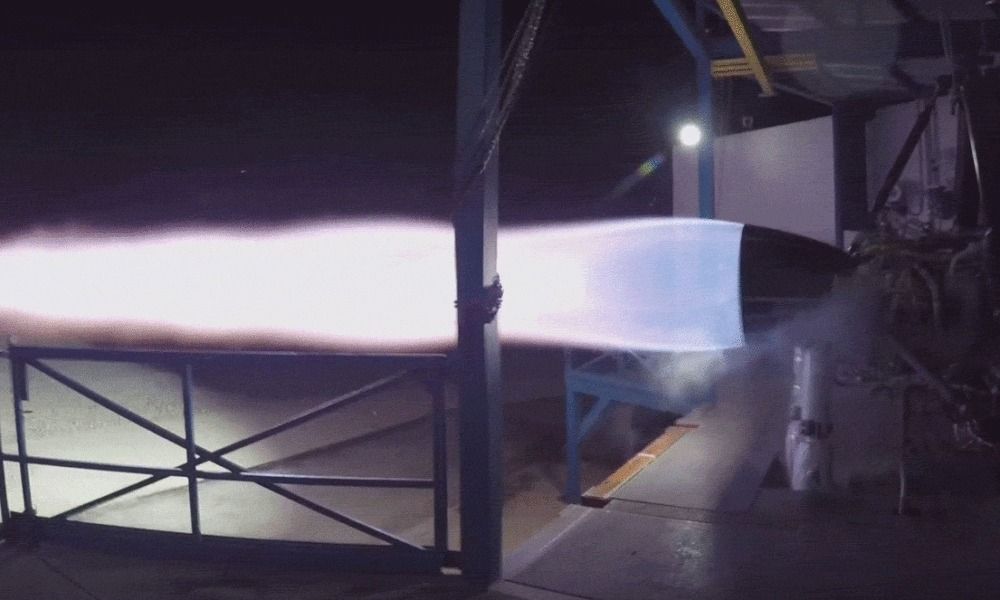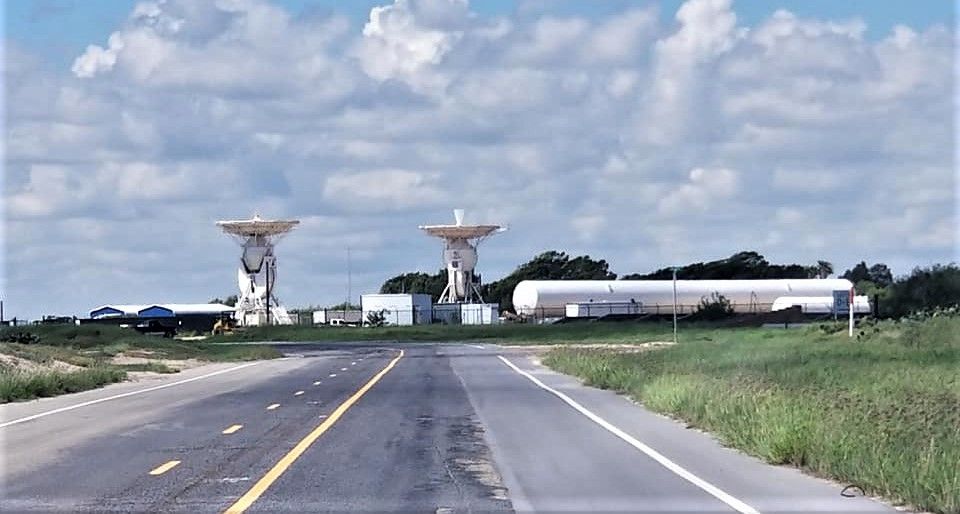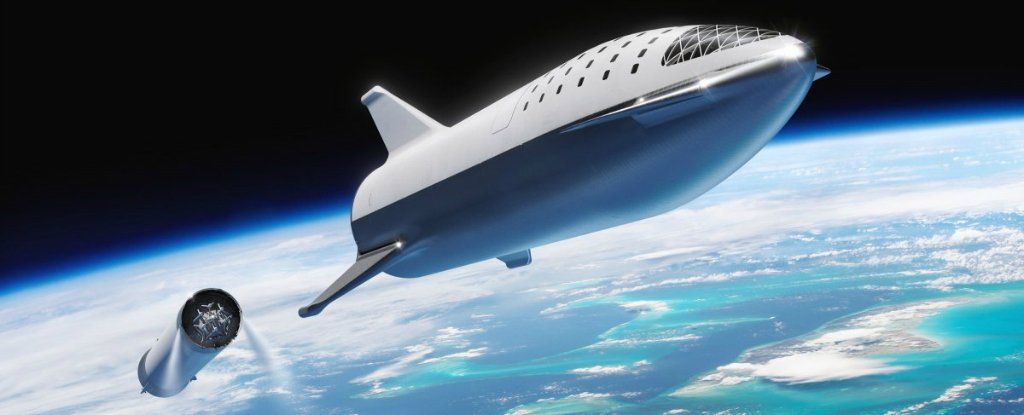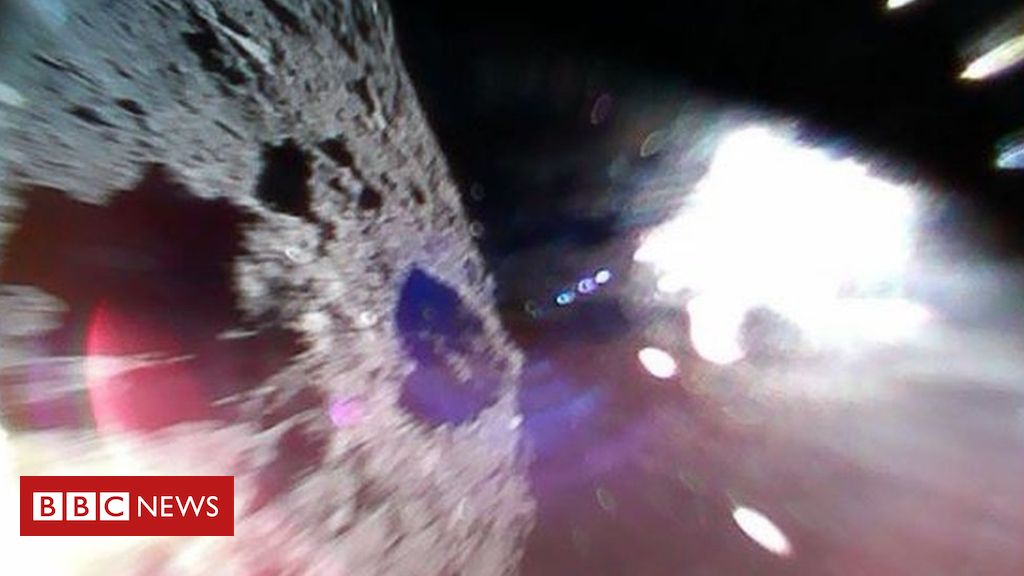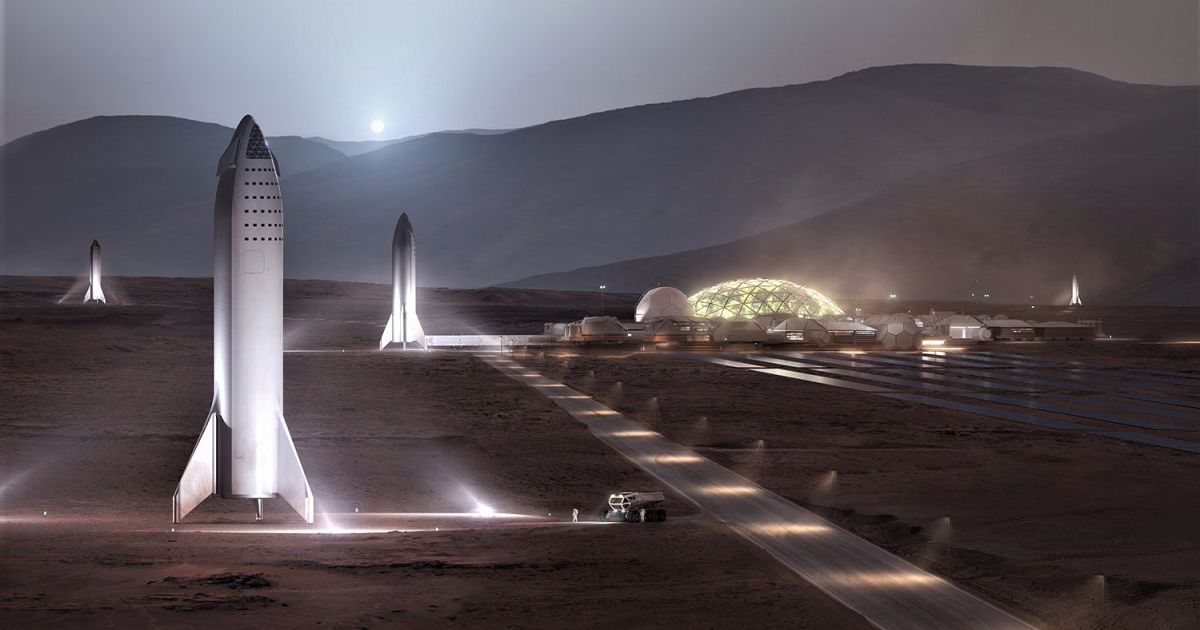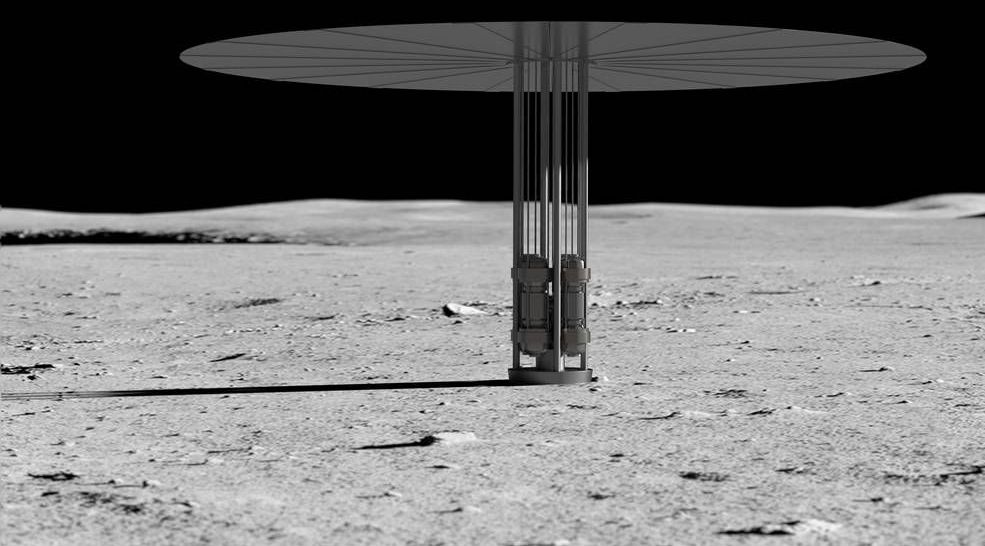A Japanese startup called Ispace is shooting for the moon, and SpaceX is going to help. The company wants to lead the charge in the search for large water ice deposits on the lunar surface, and it has two missions planned to make it happen. Both missions, currently slated for 2020 and 2021, will fly on SpaceX rockets.
Ispace was among the companies competing for the Google-backed Lunar Xprize — it funded the Japanese “Hakuto” team. That challenge to land a rover on the moon dragged on for years as the list of competitors dwindled until the last team failed to secure a place aboard an Indian rocket. Ispace didn’t make it that far, but it was in the final five. Google declined to extend the cash prizes (totaling $25 million) in March of this year after pushing back the deadline several times as teams struggled to get their robots launched.
Ispace isn’t letting that failure bog it down. The first of its two planned lunar missions will consist of an orbital module. The second will be more ambitious with a pair of rovers going all the way to the surface. These are mainly technology demonstration missions rather than true ice scavengers, though.
